Range Rover Velar review: a luxury hybrid for city and country
This mid-sized plug-in hybrid SUV offers all the traits of a Range Rover for a more affordable price

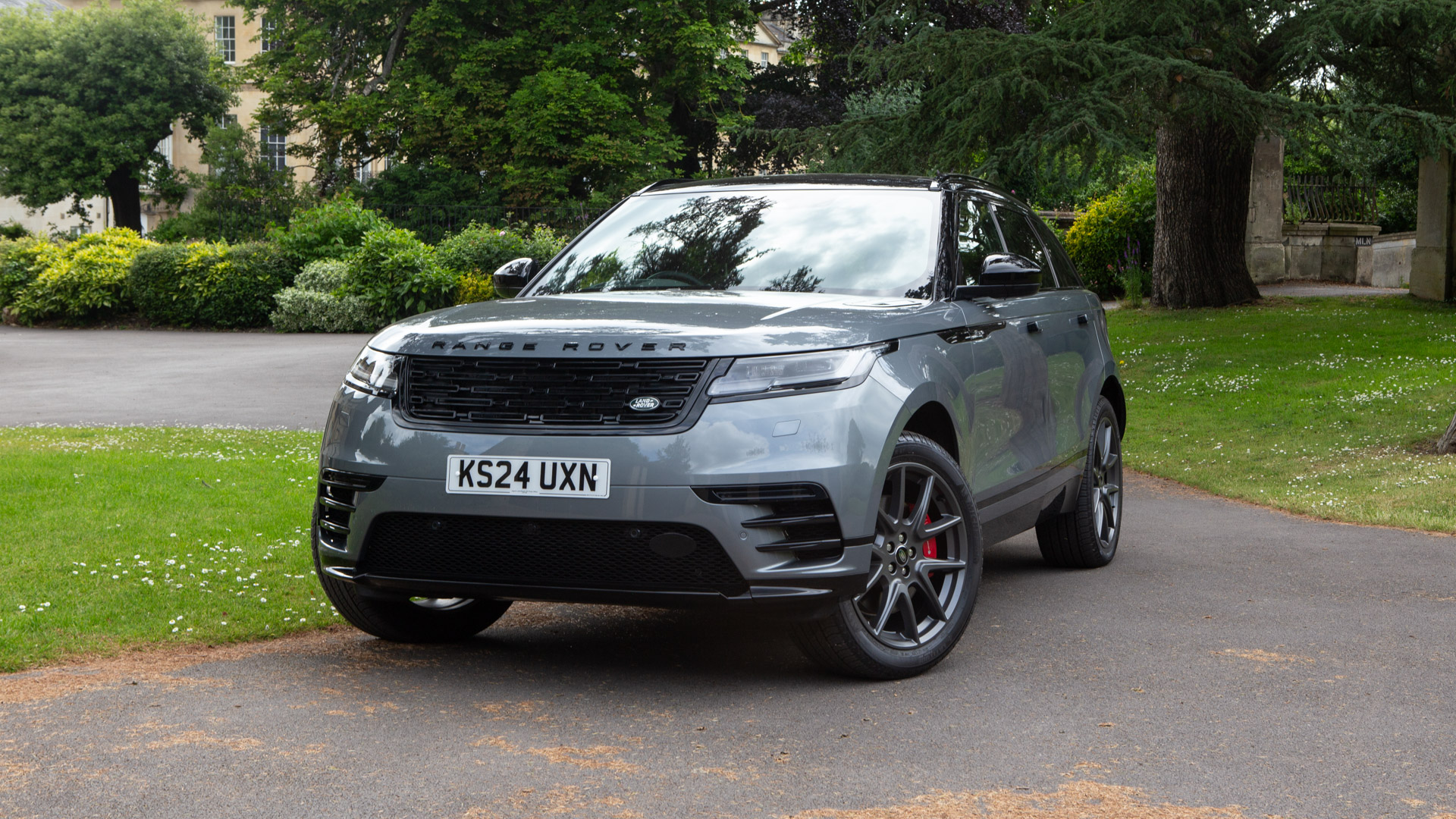
The Range Rover Velar offers an impressive solution that’s potentially the sweet spot in the range. It’s comfortable, beautifully finished and when in dynamic mode, can really shift. The plug-in hybrid model provides the most power and gives you an economical option for short trips, but a bigger battery (like in the Sport) would be helpful.
-
+
Great looking car
-
+
Plenty of power
-
+
Cheaper than the Sport
-
-
Limited electric-only range
-
-
Not much space in the back
-
-
There are cheaper alternatives
Why you can trust T3

The Range Rover Velar sits neatly between the Evoke and the Sport, providing a longer and sleeker design that’s a fraction of the cost of the full-fat Range Rover. Like many of the current line-up, it now comes in a plug-in hybrid form offering up to 39 miles range on pure electric power.
This means you get a big comfortable SUV that’s able to run emission-free around town and on those quick daily journeys, while still having the longer range of is petrol engine for the longer out-of-town trips. For many, the plug-in hybrid is the perfect compromise, just as the Velar offers that appealing in-between model in the Range Rover line-up.
The only slight downside is that the Velar doesn’t offer the larger battery of its Range Rover Sport and Range Rover cousins. But does that really matter if you have a home charger and can plug it in each day?
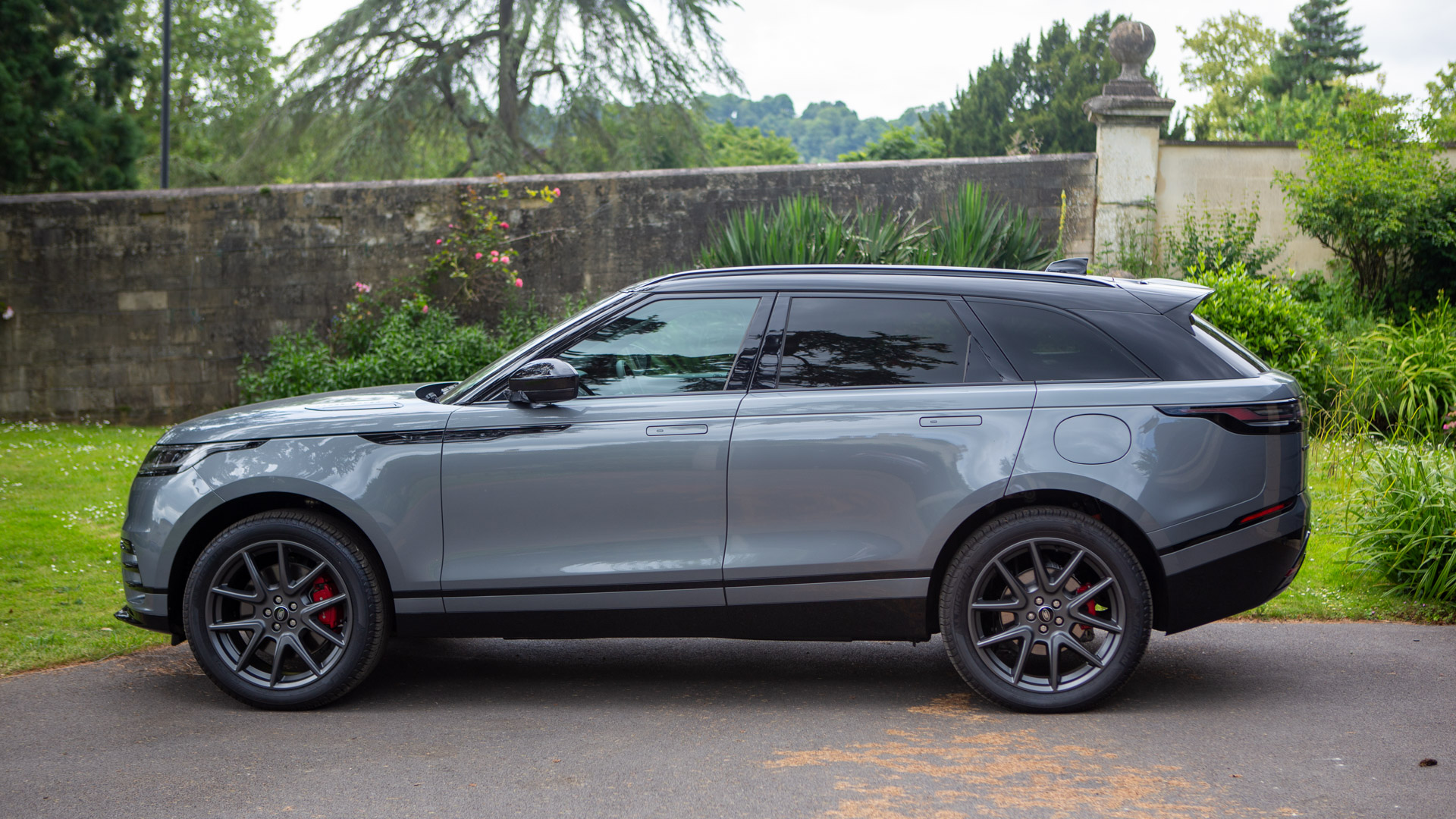
How much is the Range Rover Velar?
The Range Rover Velar starts from a relatively palatable £54,490. For the hybrid model, the entry price is £65,095. This features the P400e petrol plug-in electric hybrid engine, combining a 2.0-litre petrol engine and a 19kWh battery.
The Evoke uses a smaller P300e engine, with a 15kWh battery but delivers a similar electric-only range. Meanwhile, the Range Rover Sport and the Range Rover offer a larger 38kWh battery that can provide up to 70 miles of electric range.
The model I tested was the Range Rover Velar Dynamic SE with plug-in electric hybrid engine, priced at £78,550. This included the driver assist and dynamic handling pack. By contrast, the Range Rover SE plug-in hybrid starts from £115,805 and the Range Rover Sport SE plug-in hybrid starts from £90,200.
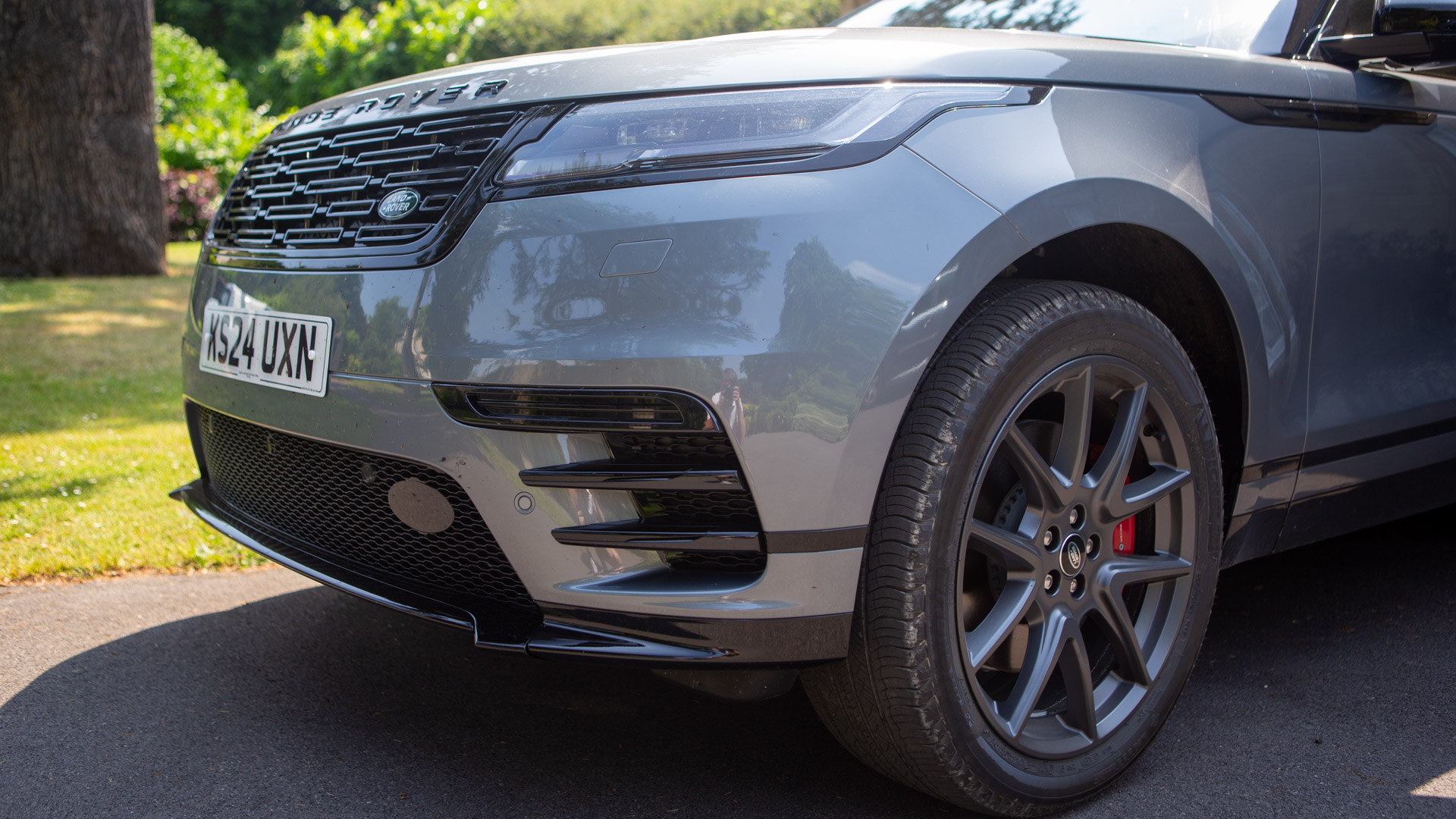
The design and features on the Range Rover Velar
The Velar was first introduced in 2017 and gets its name from the original prototype Range Rovers of the 1960s. It is shorter than the Range Rover Sport, both in length and height and offers less storage capacity for your luggage. However, in looks, it’s every bit a Range Rover.
Get all the latest news, reviews, deals and buying guides on gorgeous tech, home and active products from the T3 experts
From the front, it has that all-familiar grill and lighting, with the Range Rover name emblazoned on the bonnet. Even here though, the front is slightly softer, leaning back rather than sheer, and it sports large vents in front of the wheels to direct the air around the car.
From the side, you can see the shape is far more aerodynamic than the boxier Range Rover, with the roof dropping towards the rear to meet the boot, as the Velar almost comes to a point. Even if you look at the shape of the windows, you can see the angle of the rear windows as the headroom drops.
The model I tested was finished in Zadar Grey with a black contrast roof and privacy glass (options that add £2630 to the price). These really set the car off and along with the 21-inch wheels and red brake calipers, give an understated luxury appearance.
Inside the Velar follows a similarly understated design. Finished in all-black-grained leather, the design is relatively clean and simple. You can also opt for three other leather finishes or a textile option, for those who’d rather have a leather-free option.
There’s a 10-inch display behind the steering wheel for the driver’s information and a stunning curved 11.4-inch floating screen in the centre for all the infotainment and additional vehicle menus. Having this screen curve at the same angle as the dash automatically feels classier than a flat screen would have done here, making it feel an intentional part of the design in a way that these screens often are not. It does also reduce reflections.
Seating is extremely comfortable, both in the front and back. There’s certainly less room in the rear than on the bigger Range Rovers, and there’s a definite lack of gadgets here. However, there’s still plenty of space for two to three adults.
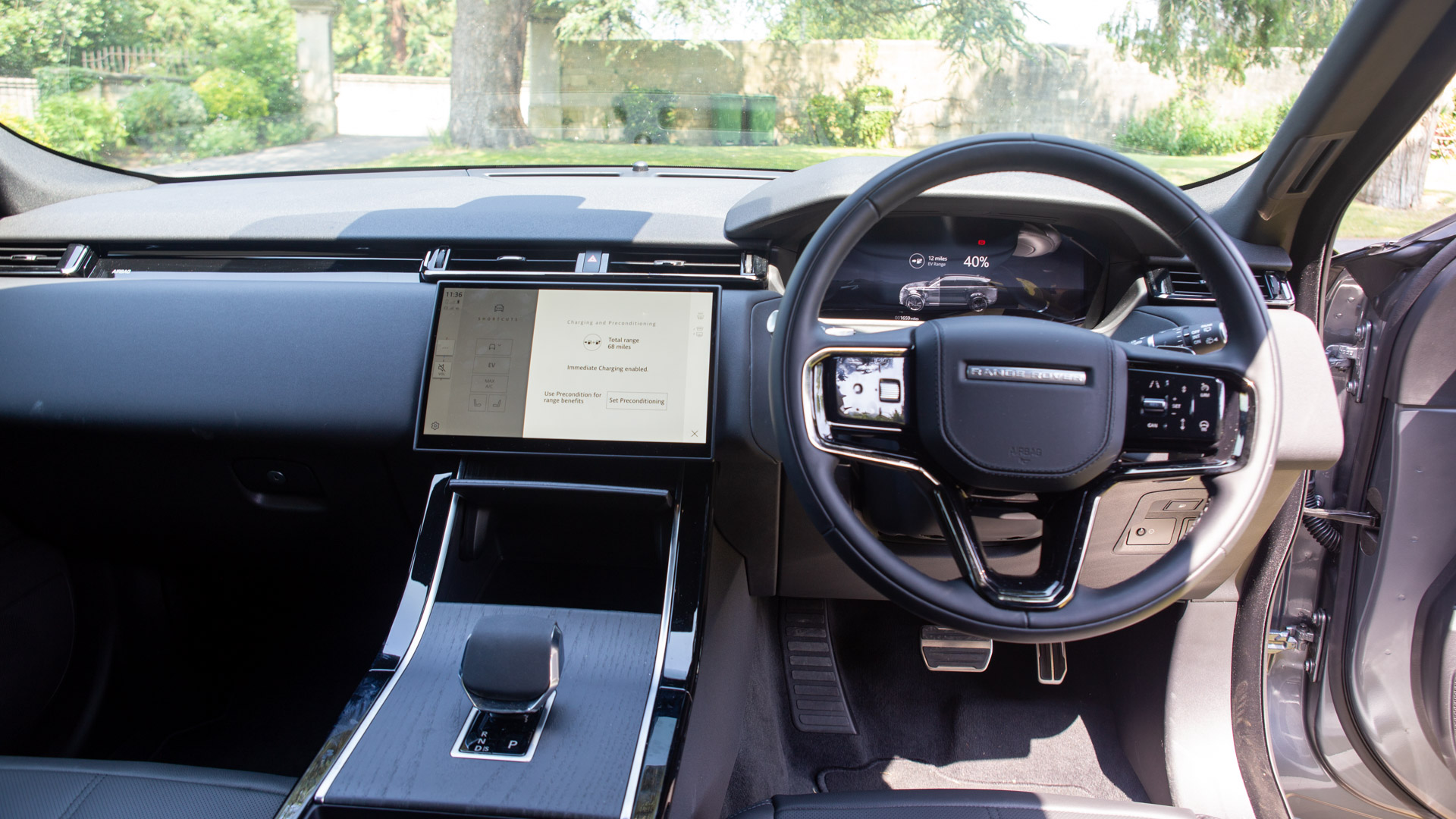
Range Rover Velar technology
The standard package on the Velar Dynamic SE already includes several handy vehicle and driver assistance features. On the exterior, these include auto high beam assist for the headlights, daylight running LED lights and a rear camera.
Adaptive cruise control also comes as standard, though you need to add the Driver Assist Pack to get the steering assist to make this a level 2 autonomous system. This also gives you the rear collision monitor, which will alert a vehicle not slowing down behind you and flash the hazard lights to alert them.
One nice touch is the addition of a cabin air purification system. This filters the cabin air and gives you readouts of the PM2.5 levels both inside and outside the car, so you can see exactly how well it’s working. Handy if you’re sat in heavy traffic on a regular basis – and if you’re driving in EV mode, you can be smug knowing you’re not adding to that pollution.
The Range Rover Velar runs the Pivi Pro operating system used throughout the Jaguar Land Rover group and provides over-the-air updates. This is a clear and easy system that looks somewhat like Android Automotive at first glance. I do like the way it gives you a quick overview of your navigation, phone connection and media, split in three, then allowing you to dive into each for more detail.

I tended to keep the centre screen displaying this overview, choosing to keep the full navigation on the driver's display or the head-up display. You can also use Apple CarPlay or Android Auto on the centre screen, though this does limit the navigation on the secondary displays.
For sound, the Velar uses the Meridian Signature Sound System, with 23 speakers and 1,300W of power. It’s a powerful system, with lots of volume and bass, though the system seems better tuned for old-school rock tracks than modern Atmos-friendly hits. This also provides an active road noise cancellation to reduce road noise in the cabin.
One advantage of the Pivi Pro system is that it allows you to link the car to the Incontrol Remote App. This gives you control of the vehicle from a distance and allows you to check that the doors are locked and the windows are up from wherever you are. For extra piece of mind, it also provides a Guardian Mode that alerts you if anyone interacts with the vehicle and the Secure Tracker.
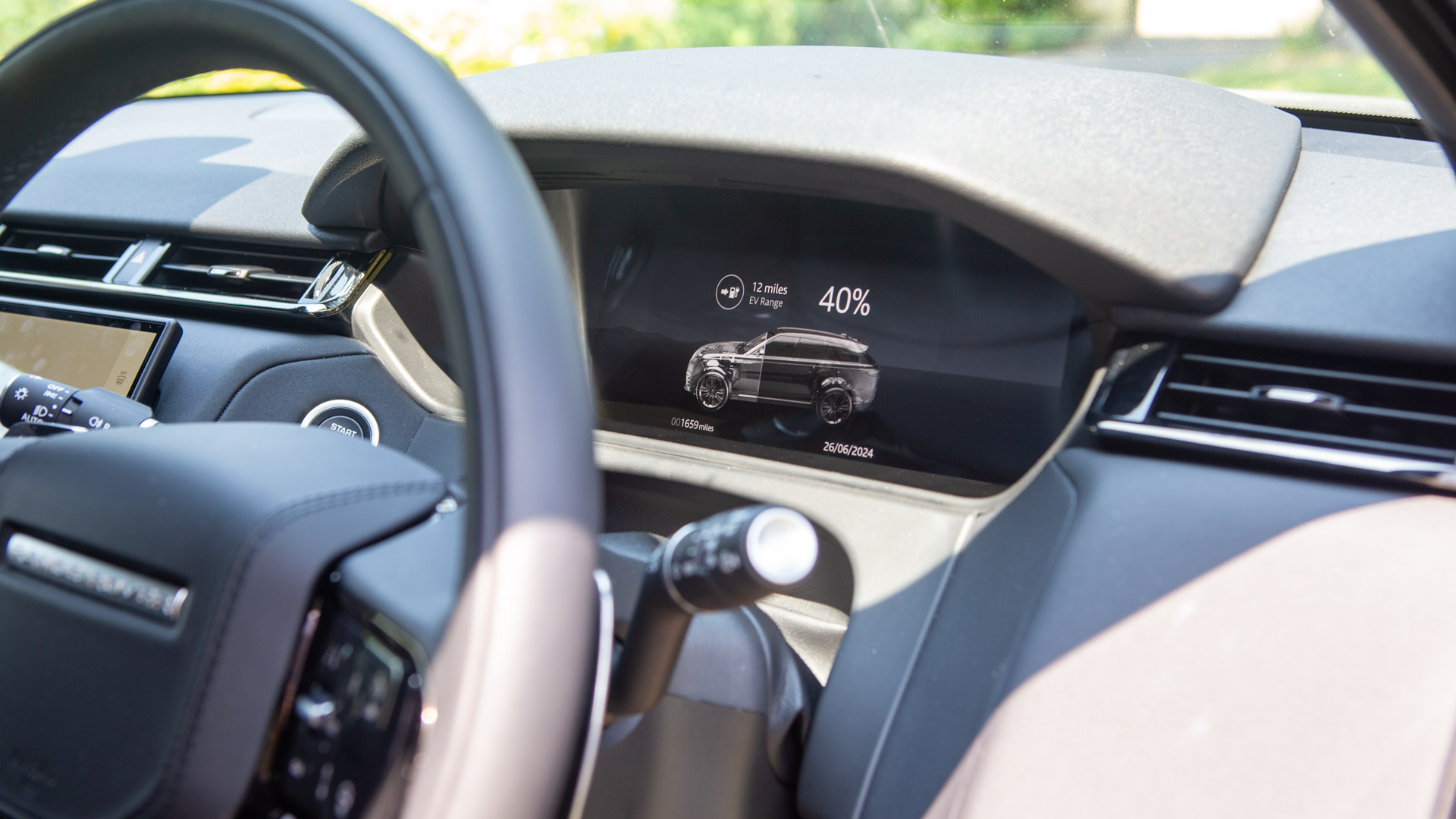
What's the Range Rover Velar like to drive?
The P400e Plug-in hybrid engine actually gives the best performance of all the options on the Velar. This delivers a 0-62mph of 5.2 seconds and 404 horsepower. Just how much you see of that really depends on the driving mode that you select.
In comfort mode the Velar feels positively wafty. Acceleration is brisk but smooth and the car absorbs every bump, making the ride feel calm and collected. Switch to the dynamic mode however and the Velar stiffens up and shoots off the line. The difference between these modes is one of the most extreme I’ve experienced and allows you to drive two very different cars.
For motorway and city driving I tended to leave the car in comfort mode, which made the drive a relaxing experience. On windy country lanes, however, when I wanted to push it a little harder, the dynamic mode really performed and made the Velar a lot of fun to drive.
Having the option to drive purely under electric power, using the EV mode is a great feature for city driving. Equally, I liked being able to select the battery save mode, to use only the petrol engine for longer trips. My concern though is the hybrid mode, which ultimately gives you the best driving performance.
In hybrid mode, that battery power seems to last only a little longer than in EV mode – presumably, because it’s using the EV power for all the lower power parts of the trip, only swapping to petrol when demand gets high. The car also defaults to this hybrid mode, so if you set off for a longer journey without swapping to battery save mode, you’ll likely arrive with an empty battery. Perhaps the biggest saving grace is that this will charge on DC fast chargers – at up to 50kW – so you can top up easily at most service stations.
With a larger battery, like on the Range Rover or Range Rover Sport, this would be less of an issue, but with a relatively small battery, it’s something else you have to monitor – and make a choice on, every time you get in the car.
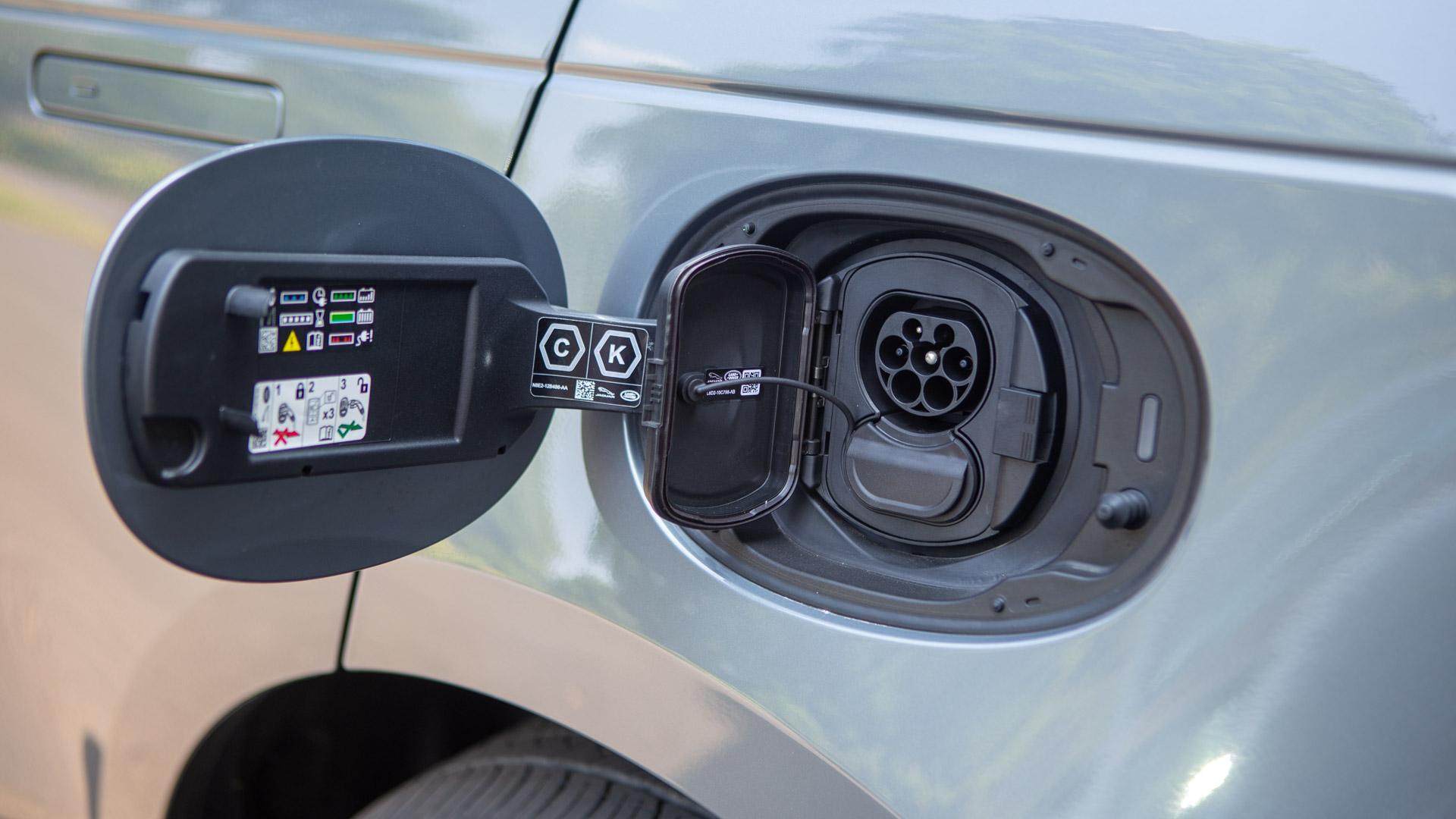
Should I buy the Range Rover Velar?
If you’re looking for a Range Rover, there are lots of reasons why you might want to go for the Velar. Its price is arguably the sweet spot. Plus, the sleek design makes it easily one of the most attractive models in the range.
The Velar is beautifully finished inside and out and is very much a driver’s car. The driving position puts you high enough for a confident view out over the road, without feeling like you’re driving a truck. It’s a great car for longer journeys but still agile enough for the city.
It is however a little small compared to the more premium Range Rover models, especially for rear passengers. For those that don’t plug in every day, the 39 miles of EV range is also a little tight – especially if you leave the drive set to hybrid.
In terms of other competition in the mid-sized SUV sector, the Mercedes-Benz GLC starts from a similar price, but its Plug-in Hybrid models are a little cheaper, starting from £58,860. This isn’t quite as quick but does offer 76 miles of electric-only range. Meanwhile, the BMW X3 PHEV offers up to 55 miles of electric range and starts from £60,745.
The Velar is considerably cheaper to insure than the Range Rover SE or Range Rover Sport, but still notably more than other mid-sized SUVs, such as the Mercedes and BMW.
Ultimately, the Range Rover Velar is a great car, and if you can live with the shorter EV range, it’s a great proposition. For this reason, though, the Range Rover Sport potentially offers a better plug-in hybrid solution.
As T3's Editor-in-Chief, Mat Gallagher has his finger on the pulse for the latest advances in technology. He has written about technology since 2003 and after stints in Beijing, Hong Kong and Chicago is now based in the UK. He’s a true lover of gadgets, but especially anything that involves cameras, Apple, electric cars, musical instruments or travel.
